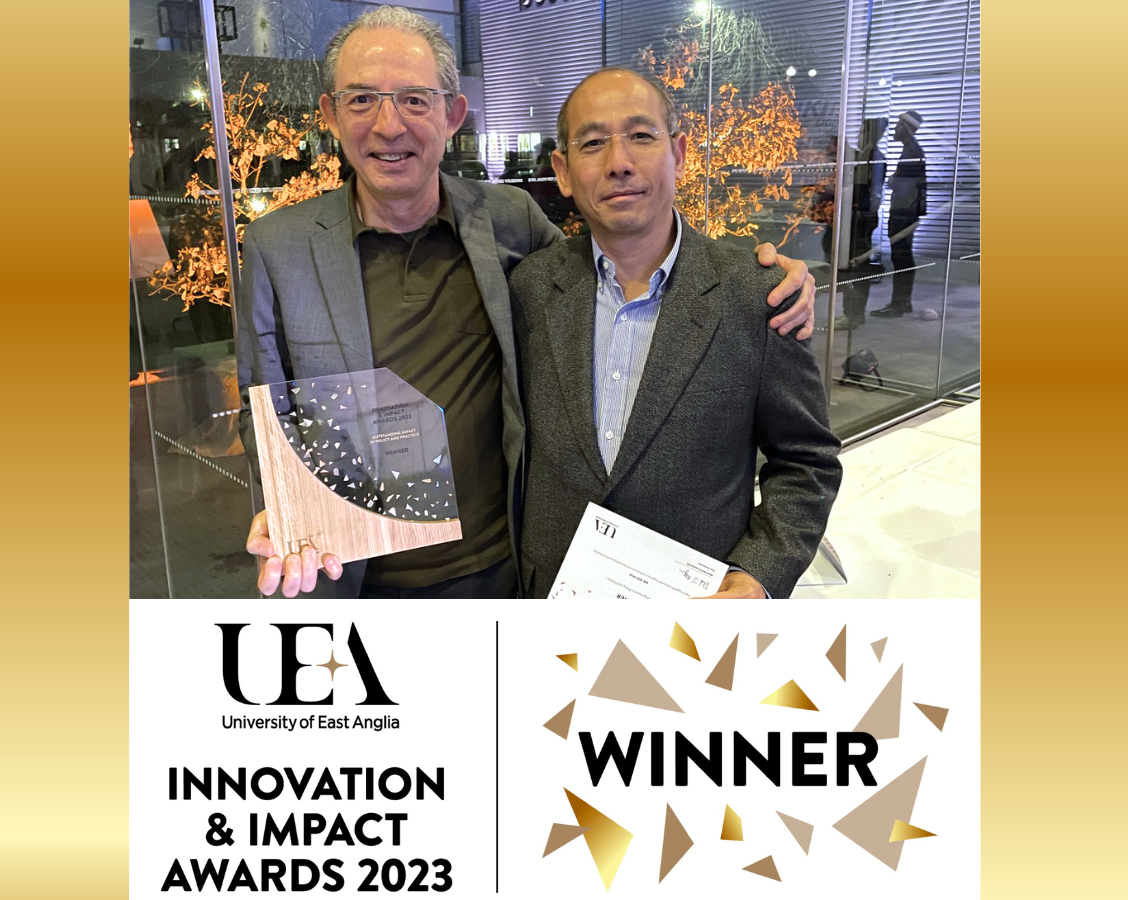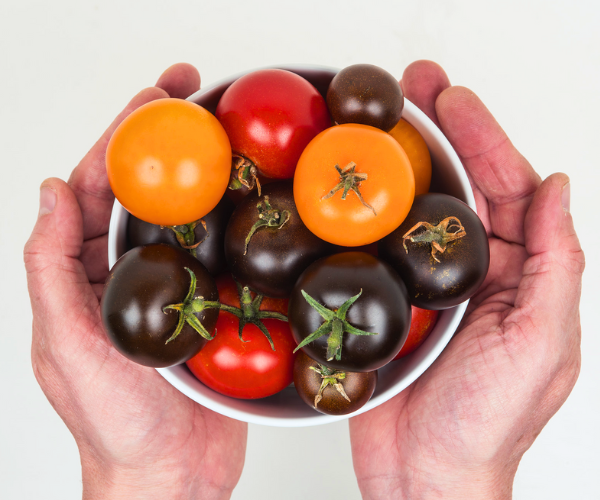On the trail of the banana killer
Dr Sarah Schmidt on efforts to resist Fusarium wilt disease, which threatens worldwide banana production;
"Every morning I slice a banana in my breakfast cereal. Sometimes, I have a second one later in the day, as a snack or after a work-out.
And I am not alone.
Every person in the UK eats, on average, 100 bananas per year. Bananas are rich in fibre, vitamins and minerals like potassium and magnesium. They almost lack fat and contain plenty of soluble fibre, which makes them easily digestible. The high carbohydrate and potassium content makes them the favourite snack of tennis players. Every year, around 5000 kg of bananas fuel provide a quick source of energy for tennis players at Wimbledon. The high levels of potassium in bananas protect the players from muscle fatigue.
 But bananas are not only delicious snacks and handy energy kicks. For around 100 million people in Sub-Saharan Africa, bananas are staple crops that are vital for food security. Staple crops are those foods that constitute the dominant portion of a standard diet and supply the major daily calorie intake. In the UK, the staple crop is wheat. We eat wheat-based products for breakfast (toast, cereals), lunch (sandwich) and dinner (pasta, pizza, beer).
But bananas are not only delicious snacks and handy energy kicks. For around 100 million people in Sub-Saharan Africa, bananas are staple crops that are vital for food security. Staple crops are those foods that constitute the dominant portion of a standard diet and supply the major daily calorie intake. In the UK, the staple crop is wheat. We eat wheat-based products for breakfast (toast, cereals), lunch (sandwich) and dinner (pasta, pizza, beer).
In Uganda, bananas are staple crops. Every Ugandan eats 240 kg bananas per year. That is around 7-8 bananas per day. Ugandans do not only eat the sweet dessert banana that we know. In the East African countries Kenya, Burundi, Rwanda and Uganda the East African Highland Banana, called Matooke, is a popular cooking bananas. Highland bananas are large, starchy bananas that are harvested green. They can be cooked, fried, boiled or even brewed into beer. So, very similar to how we use wheat.
In West Africa and many Middle and South American countries another cooking banana, the plantain, is cooked and fried as a staple crop.
 In terms of production, the sweet dessert banana, that we buy in supermarkets around the world, is the most popular. This banana variety is called Cavendish. 47% of the world’s banana production is devoted to Cavendish; followed by Highland bananas (24%) and plantains (17%). Last year, I visited Uganda and I managed to combine the top three banana cultivars in one dish: cooked and mashed Matooke, a fried plantain and a local sweet dessert banana.
In terms of production, the sweet dessert banana, that we buy in supermarkets around the world, is the most popular. This banana variety is called Cavendish. 47% of the world’s banana production is devoted to Cavendish; followed by Highland bananas (24%) and plantains (17%). Last year, I visited Uganda and I managed to combine the top three banana cultivars in one dish: cooked and mashed Matooke, a fried plantain and a local sweet dessert banana.
Another important banana cultivar is the sweet, dessert banana cultivar Gros Michel, which makes up 12% of the world production. Gros Michel used to be the most popular banana cultivar worldwide until a Fusarium wilt disease outbreak
In the 1950s in the so-called “banana republics” devastated the huge export plantations in Middle American countries like Panama, Honduras and Costa Rica.
Fusarium wilt disease is caused by the soil-borne fungus Fusarium oxysporum f. sp. cubense (FOC). The fungus infects the roots of the banana plants and grows up in the water-conducting, vascular system of the plant. Eventually, this blocks the water transport of the plant and the banana plants start wilting before they can set fruits.
The Fusarium wilt epidemic in Middle American in the 1950s marked the rise of the Cavendish as the most popular banana variety. Cavendishbananas were the only cultivar that could be grown on the soils that were infested with FOC. They are also the highest yielding banana cultivar. Today, the Cavendish banana is the most popular variety for local consumption and virtually the only banana cultivar that is exported to other countries.
Currently, Fusarium wilt is again the biggest threat to worldwide banana production. In the 1990s, a new race of Fusarium wilt – called Tropical Race 4 (TR4) – occurred on Cavendish plantations in Indonesia and Malaysia. Since then, TR4 has spread to the neighboring countries Taiwan, the Philippines, China and Australia, but also to distant locations like Pakistan, Oman, Jordan and Mozambique.
In Mozambique, the losses incurred by TR4 amounted to USD 7.5 million within just two years. Other countries suffer even more. In Malaysia, TR4 causes annual economic losses of around USD 14 million, in Indonesia USD 121 million and in Taiwan a whooping USD 253 million.
TR4 is not only diminishing harvests. It also raises the price of production, because producers have to implement expensive preventative measures and treatments of affected plantations.
Despite its massive impact on banana production, we know very little about the pathogen that is causing Fusarium wilt disease. Itself. We don’t know how it spreads, why the new TR4 is so aggressive and how we can stop it.
Breeding bananas is incredibly laborious, because edible cultivars are sterile and do not produce seeds. Therefore, I am exploring other ways to engineer resistance in banana against Fusarium wilt. I am investigating how we can transfer resistance genes from other crop species into banana and, more recently, I am investigating bacteria that are able to inhibit the growth and sporulation of F. oxysporum. These biologicals would be a fast and cost-effective way of preventing or even curing Fusarium wilt disease.
Fusarium wilt of bananas disporportiantely affects farmers and producers in developing countries, who’s livelihoods and income depend on banana production. To prevent further yield losses, we have to stop the destructive trail of Fusarium wilt.
If you want to know more about bananas, Fusarium wilt and my progress in engineering resistance in bananas, follow me on Twitter (@BananarootsBlog), my blog, on Youtube Or drop me an e-mail."
Figures: banana nutrition, annual banana consumption in UK and Uganda, three banana dish, banana production by type
Dr. Sarah M. Schmidt obtained her PhD in Genetics at the Max Planck Insitute for Plant Breeding Research. As a postdoc at the University of Amsterdam, she worked on Fusarium wilt pathogens of tomato and melon.
In 2016, she was awarded a Marie Curie Fellowship to engineer resistance against Fusarium wilt in bananas in the 2Blades group.




